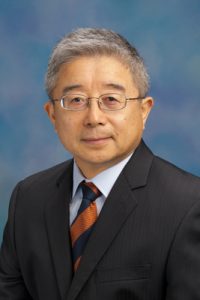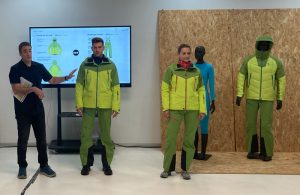LONDON — November 1, 2022 — With a mission to reduce textile waste, Alterist Marketplace along with its community of 68 designers, launched on October 25. Showcasing over 500 unique one of a kind upcycled garments, Alterist will be demonstrating the beauty and creativity that can come from upcycled materials. As one of Alterist’s co-founders, Hannah Standen explained, “We want Alterist to be the catalyst for change within the fashion industry, giving people the power to make more sustainable choices.”
The sustainability market is booming, valued at over $6.35 billion in 2019; however, the majority of the market is still focused on creating new products. Despite the significant increase in awareness, knowledge and technologies within the fashion industry surrounding sustainability, levels of environmental impact have shown no net reduction. Two female co-founders, Hannah Standen and Martina Sorghi witnessed firsthand the amount of clothing produced and a huge amount of this being unused. Whilst campaigning for change within the fashion industry, both was discouraged by the lack of tangible change and wanted to provide an alternative solution, leading to the creation of Alterist.
Alterist is a marketplace that unites a community of upcycle designers who are using creativity to drive change, transform fashion culture and make a positive impact on our planet. As explained by one of Alterist’s co-founders, Martina Sorghi, “We see upcycling as a way to create one of a kind, iconic pieces while also keeping these materials out of landfill.”
Alterist is about Altering the world’s perception of fashion and what is considered to be textile waste. It challenging the social norms, being experimental with style. It’s about altered vision.
With an estimated 100 billion pieces of clothing produced each year and less than 1 percent being recycled into new clothing, it is clear that the current linear structure of the fashion industry is unsustainable. However, it is worth noting that the most common processes of garment recycling rey on the use of chemicals or mechanical procedures to break down fibers to be made into new fabrics. Whereas upcycling utilizes discarded clothing, objects or materials in their current form, creating new and unique products. Upcycling can double the life expectancy of a garment while avoiding further engineering processes, reducing further environmental impact and therefore, making upcycling one of the most sustainable things you can do within the fashion industry today.
“At Alterist we believe that for the fashion industry to become truly sustainable, collaboration is key,” Sorghi said. That is why along with the marketplace, Alterist’s next step will also be working with brands to help them creatively utilize their excess materials. Alterist will be providing a space for designers and brands to participate in the creativity and expression of fashion but through a more sustainable lens.
Considering the majority of greenhouse gas emissions from the fashion industry come from the production of textiles, it’s crucial that reusing materials that already exist becomes common practice within the fashion industry. With the likes of Balenciaga, Marni and Miu Miu featuring upcycling in their collections and Vogue calling upcycling “the biggest trend of SS21” , upcycling is the future of fashion, with Alterist set to be the industry leader. As explained by Standen; “At Alterist, we see that fashion is culture, and culture drives change. Upcycling can lead the change in revolutionizing the fashion industry”.
Posted: November 7, 2022
Source: Alterist








